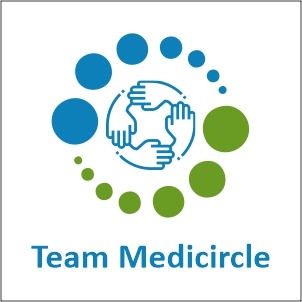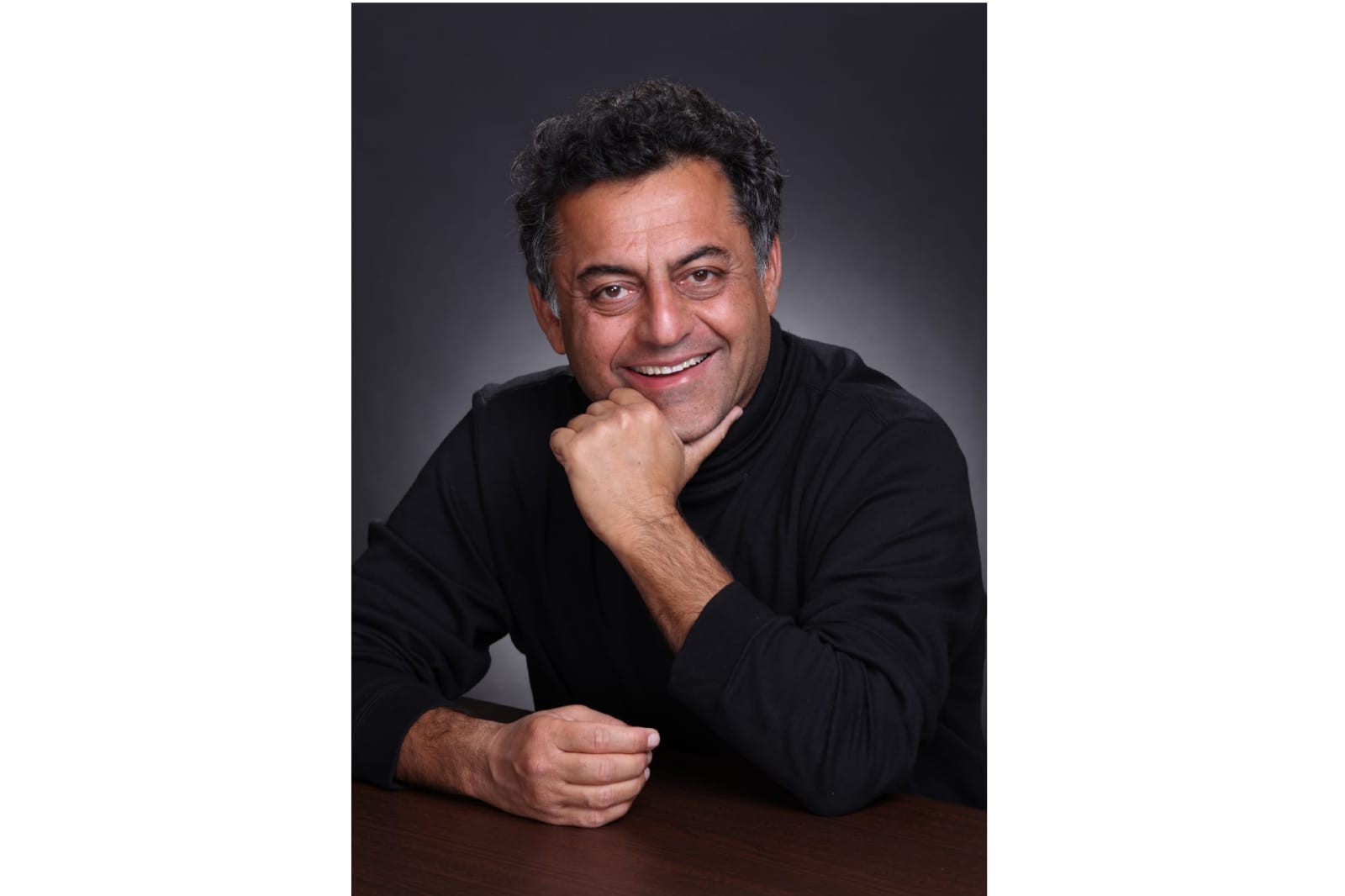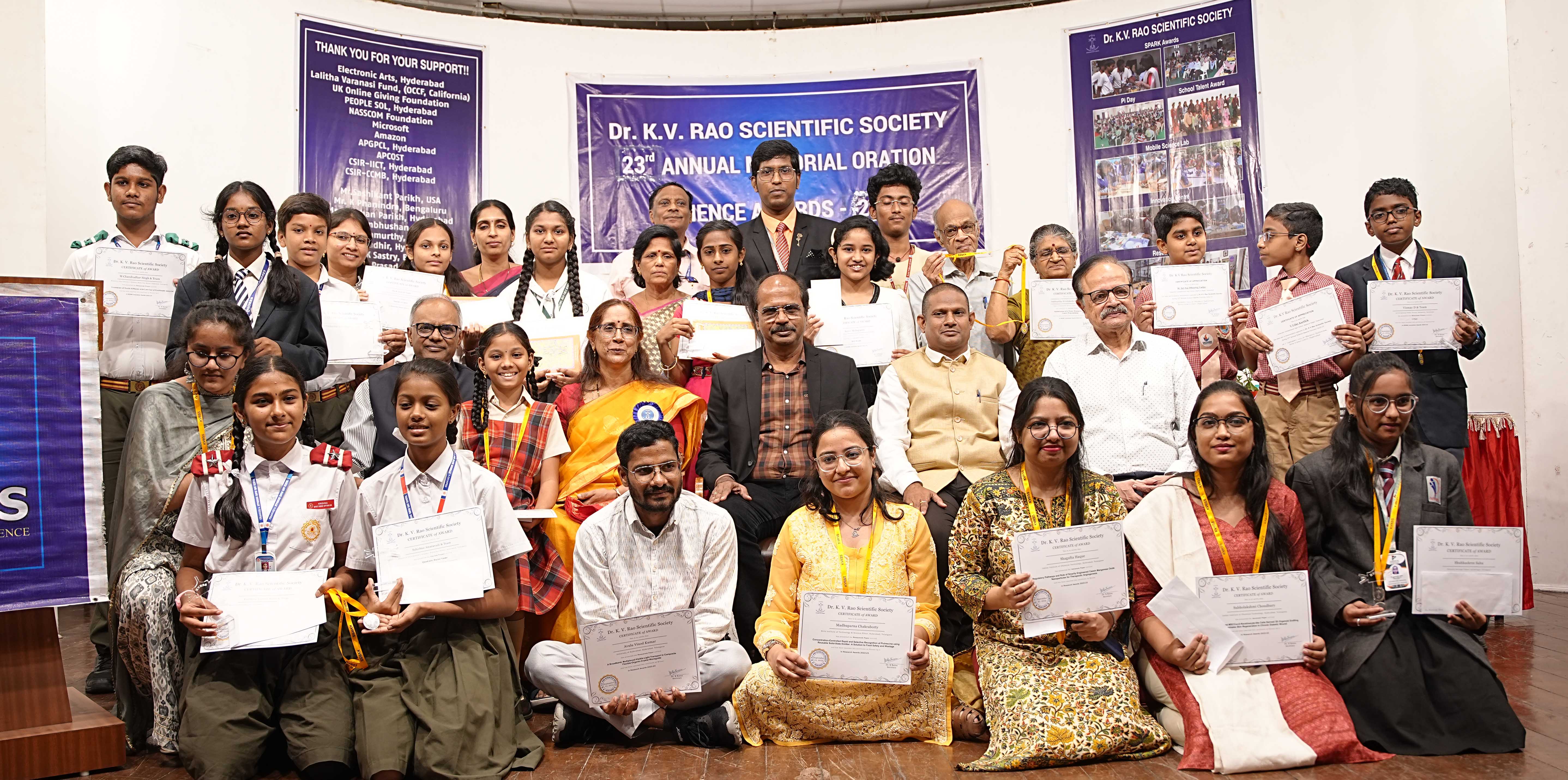Dr. Suchismitha Rajamanya, Lead Consultant & HOD - Internal Medicine, Aster Whitefield Hospital, Bengaluru
Leprosy is a disease that has often been shrouded in stigma and misconception. But contrary to popular belief, it is quite manageable especially with the advent of multidrug therapy (MDT) which helps to effectively treat as well as curtail leprosy spread. But early detection is very important to achieve a positive outcome. Timely diagnosis and treatment not only halt the progression of the disease but also provides safeguards for individuals and communities against its long-term effects.
Below are five key benefits of early intervention in the fight against leprosy:
- Prevents Physical Disabilities - Lifelong physical handicap is one of the most serious outcomes of untreated leprosy. If leprosy is not treated, it mainly affects the peripheral nerves, which results in abnormalities, numbness and muscle weakness. It can also cause blindness, foot drop or clawed hands. Early MDT treatment preserves the patient's physical capabilities and quality of life by stopping the disease's progression before it harms vital nerves. Treating leprosy as soon as possible can lessen the long-term financial and physical strain on patients and their families.
- Reduces Disease Transmission - Leprosy is not highly contagious but it can be spread by respiratory droplets from an untreated individual if close contact is maintained for an extended period of time. Within days after beginning MDT, the patient's bacterial burden is greatly reduced, making them non-infectious. Communities can stop new infections and get closer to ending its spread by reducing transmission early. Because it decreases the possibility of outbreaks and protects those who are at risk, this proactive approach is essential for areas where leprosy is still prevalent.
- Minimizes Social Stigma and Discrimination - Because of a lack of awareness among the people, leprosy has long been linked with social stigma. Due to this condition, many people experience loneliness, discrimination and even loss of income. Patients can maintain their social status and self-confidence by receiving treatment early on, which stops the development of externally noticeable signs such as skin lesions, nodules, and abnormalities. By addressing beliefs and lowering the negative image attached to leprosy, early detection can motivate more people to seek immediate medical care.
- Improves Treatment Outcomes - Clinical results improve when leprosy is treated early. Shorter MDT treatments work for early-stage leprosy and complications like severe nerve damage or drug-resistant strains are less likely to occur. To lower the danger of relapse and increase the possibility of complete recovery, prompt intervention is very important. Also, individuals who receive early therapy, experience less emotional and psychological strain when dealing with the disease during its advanced phases.
- Supports Global Eradication Efforts - Global attempts to eradicate leprosy as a public health issue depend on early treatment. By focusing on early identification, treatment and community education, world organizations want to lower the prevalence of leprosy and stop new cases. Healthcare systems can decrease disease incidence and save healthcare expenditures by detecting and treating cases early. Also, prompt action makes it possible to strengthen surveillance systems and monitor the disease in endemic areas more successfully.
Early treatment is a powerful tool to fight against leprosy. By preventing disabilities, reducing transmission, minimizing stigma and improving outcomes, early detection of leprosy provide immense benefits to individuals as well as to the communities. Likewise, it supports global attempts to eliminate the illness, opening the door to a more equitable and healthy future. It is possible to eradicate leprosy with coordinated efforts.

 Likewise, it supports global attempts to eliminate the illness, opening the door to a more equitable and healthy future. It is possible to eradicate leprosy with coordinated efforts.
Likewise, it supports global attempts to eliminate the illness, opening the door to a more equitable and healthy future. It is possible to eradicate leprosy with coordinated efforts.




















.jpeg)




















